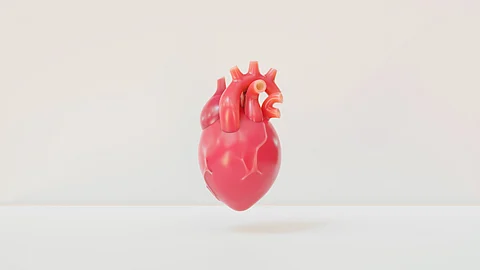Existing Technology:
Over 5 million people in America receive a heart valve disease diagnosis each year, but there is currently no proven long-term cure for this problem. Blood flow is disturbed when a person's heart valve is seriously compromised due to ageing, lifestyle choices, or birth defects. Complications may be lethal if treatment is not received.
Valve replacement and repair are the only methods of managing severe valvular heart disease, but both often require repeated surgeries that are expensive, disruptive, and life-threatening. Most replacement valves are made of animal tissue and last up to 10 or 15 years before they must be replaced. For pediatric patients, solutions are extremely limited and can require multiple reinterventions.


